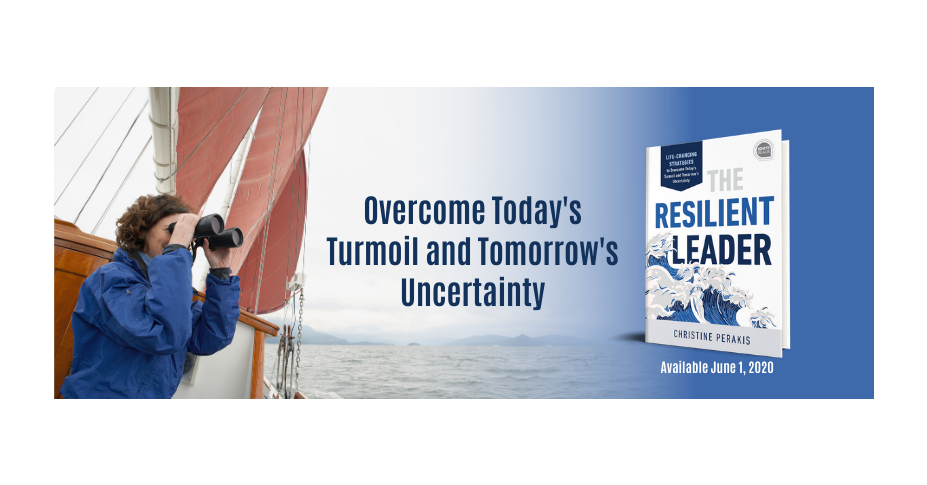...A monster storm was raging overhead as I realized that I was trapped. I had no idea how I was going to be rescued. My friends were unreachable and unlikely to come looking for me. I didn’t know my neighbors. I was alone; I had made no survival plan. It was the most traumatic event of my life – large communities of friends, thousands of social media connections, and none of them could come for me.
According to recent landmark studies, 40% of our population has no one to talk to! I couldn’t imagine being one of them. Yet, I realized just how prone to isolating during crises that I was when, one day, I was speaking with a friend of 10 years about my hurricane experiences. She said she had never seen me cry. It was a shocking awareness because, in the time that I had known her, I had been through a divorce, business and financial challenges, and she had never been a shoulder for me to lean on. How prone was I to powering through crises alone, and unconsciously isolating?
During this global pandemic lockdown, most of the world’s population is in some form of isolation as our lives may depend on it. Were you prepared for the long-term physical isolation – going on week 6 as of the time of this writing? Do you have the relationships or the necessary skills to be a part of a community that you can count on in these “Category 5” situations, to help navigate the occasionally immobilizing fear, loneliness, frustration, anger? With Internet connectivity and video conferencing tools, it’s a bit easier than I had it during the hurricanes when telecoms and electricity were down for months. But a virtual connection doesn’t necessarily mean that we are actually connected in a real way. When it’s a matter of life and death, we all need someone who will come for us in a storm. We should be careful not to mistake social platform connections with the kind of community that will be there for you in a crisis.
When we are at our most vulnerable, that phone can weigh a ton. Asking for help is the last thing we may be able to do in the moment that we need it most. So, how do we build the kind of community that will come for you in the storm? If you’re anything like me, you may be blind to your own tendency to isolate or you take for granted that you will handle whatever comes your way. I didn’t realize how complacent I was when, as the most powerful hurricane the BVI had ever seen was heading directly for my house, I left a group of friends to go home alone. With no exit plan and no way for anyone to check on my survival, I took for granted that I would survive to tell my tale. I was, after all, a professional mariner/rescuer, a navigator of businesses, boats and people for decades. I never considered that my own survival was at stake, and I certainly didn’t think to reach out to ask for help. It was months later that I realized that I didn’t know anyone who had been alone during the first of two Category 5 hurricanes in two weeks.
The first step to creating community is to realize that we can’t go it alone. Then, we can allow that there would be others in the same position who might also need support. Reaching out to fellow “storm” survivors we can become a person who would be there for others going through a similar crisis creates an opening to build real connection. This kind of action is always available to us, regardless of whether we are in record-breaking weather conditions, or any number of the many (and common!) challenges that can affect any of us – financial distress, partnership loss, business failures, serious illness, and now, a global lockdown from a potentially life-threatening pandemic. Reaching out to assist others, we will discover that there are those who will step forward for us when we need support. That is how I was able to receive the help I needed to manage in the post-apocalyptic aftermath. After being rescued from my shelter, I took inventory and offered up to my neighbors, formerly strangers, whatever I had left that I didn’t need for my own survival. I also took initiative to scout supplies, food and water sources for these neighbors. They, in turn, helped me to keep my car running with fuel and a precarious battery, among other things.
Crises like the hurricanes I endured, the Covid 19 pandemic, or any number of other Cat 5 events give us the chance to examine the habitual behavior that has kept us isolated during the most challenging times we face. Let’s not wait for the next catastrophe to learn these lessons. Start by building a tribe before the next storm, to come through to thrive. Reach out to offer your support to others. It’s the first step to thriving in any Category 5 situation.
In this continuing series, I offer some key strategies to endure any Category 5 event, both during and in the aftermath, to not only lessen the impact, but to come through thriving. These are the "7 Barometers of Resilience" that I introduce in my upcoming book, The Resilient Leader: Life-Changing Strategies to Overcome Today's Turmoil and Tomorrow's Uncertainty.
More to come...
- Christine Perakis, author of The Resilient Leader

